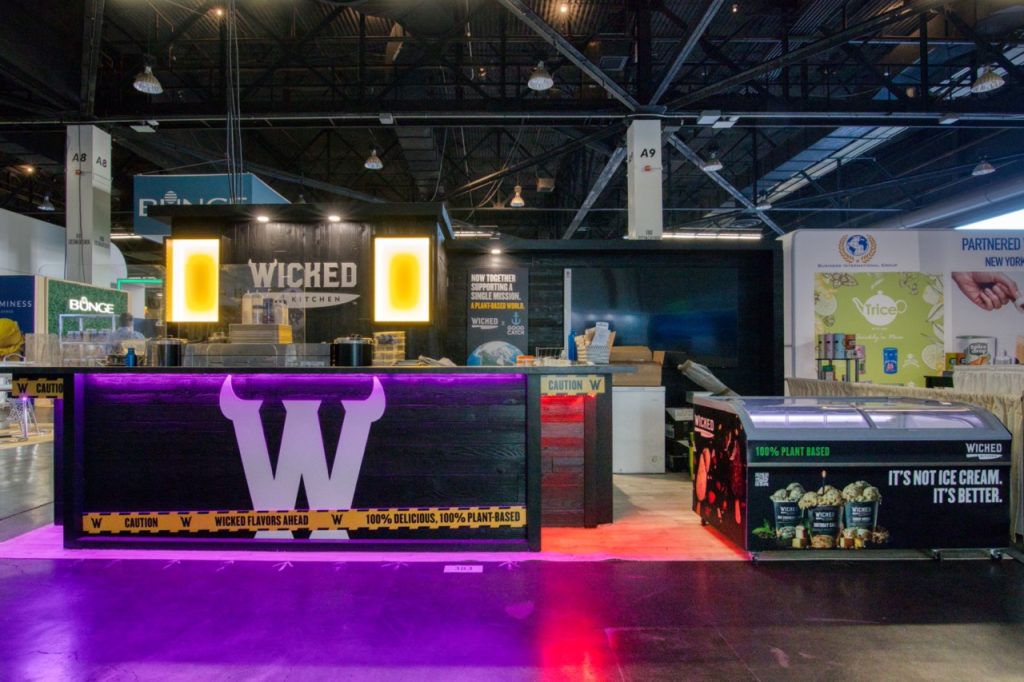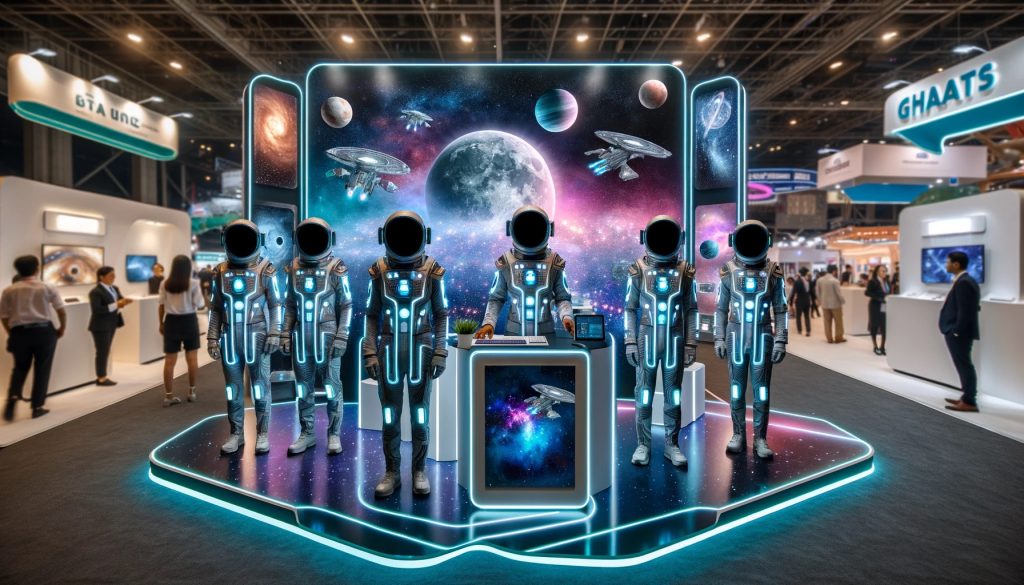Emerging Trends in Trade Show Design and Fabrication
The more time I spend with ChatGPT, the more I understand its usefulness. For instance, if you ask it to identify new market trends in any market and what to expect in the coming year, it’ll do a quick research online in real-time and gather up oodles of information, present them in easy-to-digest bullet points, and include the links to its research. Here’s the prompt I used:
“Act as a market research analyst. Analyze the latest trends in the trade show exhibit design and fabrication market. Include key players, emerging technologies, and consumer preferences. Present the findings in a report format with bullet points for clarity.”
Experiential Setups: Exhibitors are focusing on creating immersive experiences, much like those seen in theme parks, where attendees are fully enveloped in the product or brand environment. This trend is about making a memorable impact on the trade show floor by utilizing innovative designs and engaging elements【17†source】.
Lounge Areas: There is a shift towards creating more comfortable, homelike spaces within trade show booths. This approach aims to foster a relaxed atmosphere conducive to natural conversations and collaborations, moving away from traditional office-like settings【18†source】.
Next-Gen Technologies: Digital twins, holograms, and 3D content are becoming increasingly popular. These technologies offer new ways to showcase products and engage attendees, from realistic digital representations to interactive 3D visuals【18†source】.
Overhead Structures and Channel Lit Logos: A move towards overhead elements in booth design is observed, creating more open, spacious, and navigable spaces. Additionally, channel-lit logos and letters are gaining popularity for their visual impact compared to traditional banners【18†source】.

Consumer Preferences and Market Dynamics
Multi-Sensory Designs: Engaging multiple senses is crucial, with elements like video walls, interactive cutouts, and virtual reality stations becoming common. These features not only attract visitors but also provide a memorable experience【25†source】.
Natural Themes: Incorporating natural elements such as living plants, reclaimed wood, and stone-like flooring helps create a more inviting and distinct space amidst the usual trade show environment【25†source】.
Interactive Data Visualization: Moving beyond spreadsheets, exhibitors are now focusing on visually appealing and easily understandable ways to display valuable data and information【21†source】.
Virtual Environments: While not fully embracing concepts like the metaverse, there’s a trend toward creating virtual environments that are more accessible and relevant to the everyday consumer【21†source】.

Industry Insights
Increased Industry Participation: With a low barrier to entry, the events industry is seeing a rise in new business entities and job opportunities. The profit margin for the industry is expected to be over 6% in the coming years【20†source】.
Mergers and Acquisitions: Big industry trade shows are expanding through mergers and acquisitions, making them even larger and more influential【20†source】.
Sustainability and Diversity: There’s a growing emphasis on sustainability and diversity in the trade show industry, with exhibitors and organizers seeking to be more responsible and inclusive【22†source】.
In conclusion, the trade show exhibit design and fabrication market in 2023 is marked by a blend of innovative technological solutions and a shift towards more natural, engaging, and immersive environments. The industry is adapting to new consumer preferences, focusing on creating memorable and interactive experiences and emphasizing sustainability and diversity.
